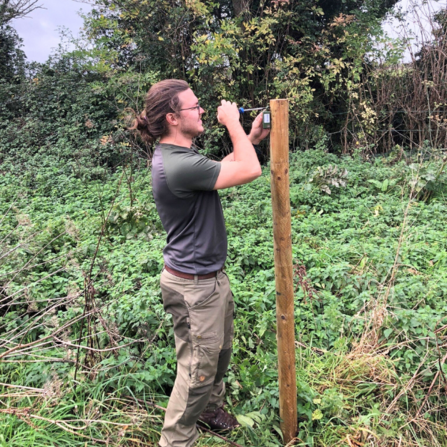Honeygar, Somerset Wildlife Trust's first ‘wilded’ site is managed very differently to our nature reserves and is a major project for the Trust. We are just at the start of an exciting journey. Over time, we hope it will become a place which inspires those who visit, whether other landowners, local people or visitors from further afield.
In November 2022, we installed four Song Meter Micro sensors from Wildlife Acoustics, from which, high-quality data is collected and analysed by Wilder Sensing, helping us to monitor the variety of bird species at Honeygar.
Monitoring birds in this way enables us to gain insight into what species are currently present at Honeygar, and over time as habitats change, any transitions in species population estimates and visit frequency.
Alongside other data collected on-site such as water table depth and weather variables, we can start to answer some really interesting questions. This in turn could evidence nature’s recovery and Honeygar’s role as a vital green stepping stone, connecting and buffering the existing high quality habitats of the Avalon Marshes.







